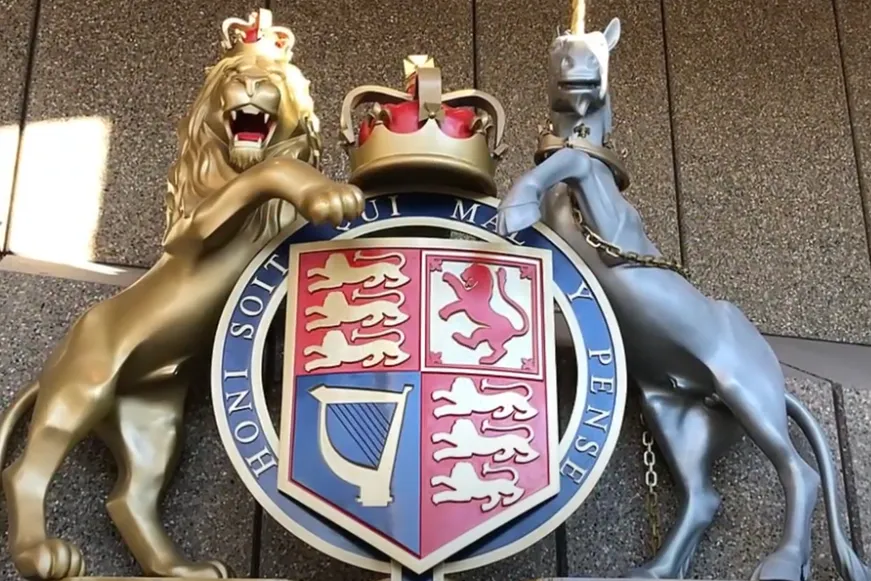Bank of North America
by Richard Kelly Hoskins
The story started over 200 years ago. In 1780 the United States had two interest banks. Prior to this time it had NONE. The people didn't believe in interest since it was FORBIDDEN by their CHRISTAN religion. By 1800 perhaps 20 of these banks had come into existence.
It was during this twenty-year period that events occurred which shaped the history of the country. These events caused the War Between the States, the rapid settling of the West by bankrupt easterners, and World War II. These two decades made inevitable everything that has followed since.
1780 The forcible ejection of the British and their banking activities left a vacuum in America. Immediately a rush was underway to fill that vacuum. Alexander Hamilton presented three arguments for a central bank. He wanted to do to the brand new United States what the Bank of England had done to England, and he wanted it done by himself and his backers who were reputed to be the Rothschilds and the Bank of England.
1781 The private Bank of Pennsylvania in Philadelphia was replaced by the Bank of North America. As in the case of Holland and England earlier, many of the new nation's rulers were in the usurerers' pockets. Among those who were permitted to get in on the original subscription to this bank were:
- Benjamin Franklin
- Thomas Jefferson
- Alexander Hamilton
- James Monroe
- John Jay
- John Paul Jones
- Commodore John Barry
Robert Morris, superintendent of finance for the Continental Congress, was a leading force. The bank opened with capital assets of $335,000 on January 1, 1782. In four years it had assets of $2,000,000 -- a 60% growth. This bank grew until it had 68 branches in its own trade area. In 1836 it included the Bank of St.Thomas in the Virgin Islands...In its possession is the oldest check drawn on a bank in America dated March 18, 1782.












